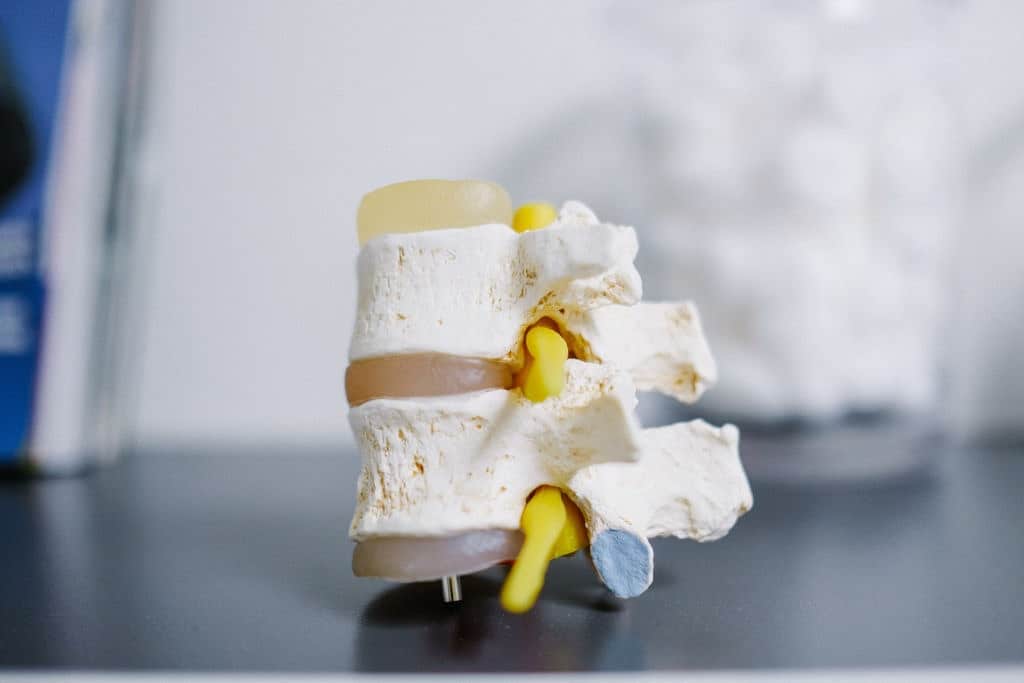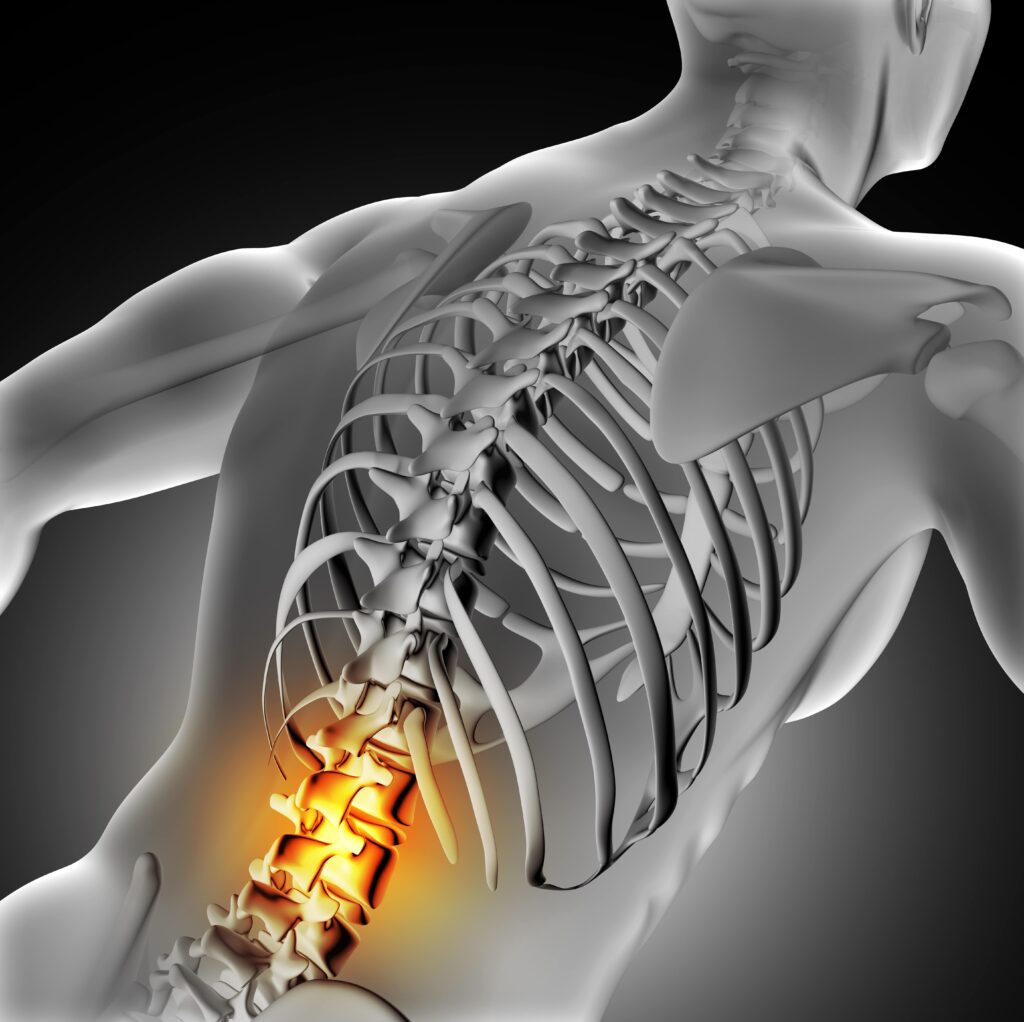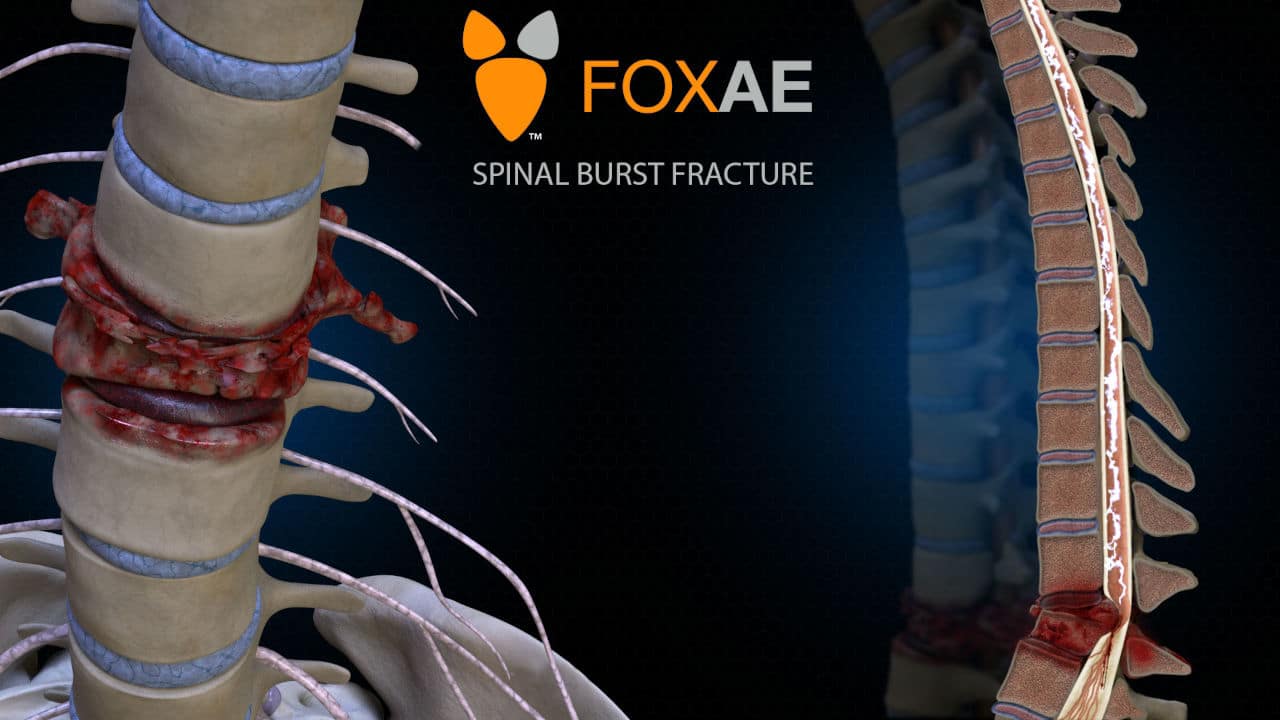A burst fracture is a wound in which the vertebra, the main spine bone, is so significantly compressed that it breaks in several different directions. They frequently result from extreme trauma, like a car accident or a fall from a great height.
According to the Columbia University Irving Medical Center, burst fractures make up 14% of all spinal injuries. In addition, these fractures usually lead to permanent mobility issues and paraplegia in victims. It most times causes them to require 24/7 assistance.
The lifetime discomfort and the financial commitment that follows this condition calls for adequate compensation. That is if the action or negligence of a third party caused the injury.
In cases like this, legal animation can be used to showcase the fracture, the cause, and the extent of the damage it has caused to the physiology of the subject.
What Are The Causes of A Burst Fracture?
Burst fractures can be caused by various factors and occupations. In every instance, it is essential to pay attention to who the at-fault party is and use legal animation to prove the assertion in court.
A car crash incident is one of the cases of burst fractures in which legal animation can be used. A case in point is Griffin v. Foley. Here, the plaintiff sustained a burst fracture when a pickup truck struck the rear of the plaintiff’s minivan.
Similarly, a burst fracture can be the subject of a workplace accident. This can be due to various elements, such as falling packages, inadequate gear, or malfunctioning equipment.
An example can be seen in the case of Qwest Services Corp. v. Blood. Here, the respondent suffered a burst fracture when the pole he was climbing to fulfill his employment responsibilities collapsed. The petitioner was responsible for maintaining the pole and ensuring it was safe and sturdy at all times. However, they were negligent in that regard.
The court awarded against them $9,917,600 for economic damages and $10,000,000 for physical impairments and disfigurement. $1,000,000 for non-economic damages, $750,000 for loss of consortium, and $18,000,000 for exemplary damages were also awarded against them.
Aside from these two, a burst fracture can result from any significant trauma that compresses the bone, such as a severe fall. Legal animation can be used in all instances of a burst fracture to prove the faulty party in the incident that led to the fracture.

Highlighting the Complications Associated with Burst Fracture Using Medical Animation
Whenever a case associated with a burst fracture graces the courtroom, the discrepancies may not be inherent in determining the cause of the fracture. Instead, it is usually around the compensable damages that should be awarded in that condition.
The criticality of this juncture in a case of burst fracture is that one wrong move, one attempt to downplay the injury, can cause a client to lose out on compensation enough to cover their past, present, and future medical bills, rehabilitation costs, loss of earning power, and the pain and suffering they would have to face for the rest of their lives.
Any party attuned to downplaying injuries and paying peanuts in compensation can be tackled. With medical animation, their whimsical tactics should not hold anyone down.
There is no better way to paint an unequivocal picture before the jury than with medical animation. While painting the picture, the animation will be able to elicit sympathy among the jurors, causing them to award enough damages to cover for the harm already caused.
The way to use medical animation in this regard is by coming from the point of showcasing all the complications a client has experienced and will most likely experience. They would also show how such complications will affect their mobility, life quality, future earnings, independence, and relations with family and friends.
Here are two of the common complications that a person can experience after a burst fracture:
Nerve injury
A burst fracture can cause anything from no nerve damage at all to total paralysis. The amount of force present at the moment of the injury and the degree of spinal canal damage often determine the degree of a nerve injury.
For example, a bigger force can push more bony pieces into the spinal canal, resulting in a greater loss of spinal cord function. As a result, there could be a loss of strength, feeling, or reflexes below the site of the injury.
Typically, paralysis of the legs and loss of control of the bowel and bladder may follow a burst fracture at the intersection of the thoracic and lumbar spines—an incomplete spinal cord injury results in only partial paralysis or reflex loss. Mild burst fractures may only cause momentary symptoms or no nerve harm at all.
An instance where nerve injury accompanied by a burst fracture is the case of Czarnecki v. Volkswagen of America. In this case, the plaintiff got involved in a lone car crash when he lost control of his vehicle.
As a result of the crash, the plaintiff suffered a burst fracture while his nerves were completely mashed, leading to instant paralysis.

Severe and Recurring Pain
Burst fractures are excruciatingly painful. Usually, this discomfort is felt in the back at the fracture level. But depending on how the damaged nerves are distributed, the subject may also feel pain in the legs.
When the spinal cord is compressed, many patients experience what feels like an electric jolt in their legs. Most people who suffer from a burst fracture cannot walk right away. It is extremely rare for a patient to survive a burst fracture without experiencing tremendous pain. Frequently, the level of discomfort is so great that patients know it is best to avoid walking.
Sometimes, people who have undergone corrective surgeries are not totally rid of the pain. At last, the most that can be done for the pain is constant medication management.
However, in some other cases, the patient may undergo continuous and prompt corrective surgeries, treatments, and physical therapies before getting rid of the pain.
For instance, in the case of Vinson v. United Parcel Service. The plaintiff suffered a burst fracture in the course of his employment and underwent surgery. It required that two metal rods be inserted in his back and an open surgical reduction for his hip. He still suffered from continual pain in his back, hips, and lower extremities.
Whether there has been a nerve injury, severe and recurring pain, or harm to internal organs and blood vessels, there is one way that they can be adequately visualized to receive empathy from the court, thereby reaching a larger compensation. This way is through the use of medical animation.
A medical animation is a court tool that can assist the court in gaining insight into the scope of the injury. It can contribute greatly to the damages awarded in the case.
Conclusion
In instances like this, working with a medical animation company like Fox-AE is essential. Our team of medical animators is dedicated to creating demonstrative exhibits that are precise and accurate. Hence, aiding the success of court cases involving burst fractures.
We work closely with expert witnesses and attorneys on a case to ensure we create admissible demonstrative exhibits.





